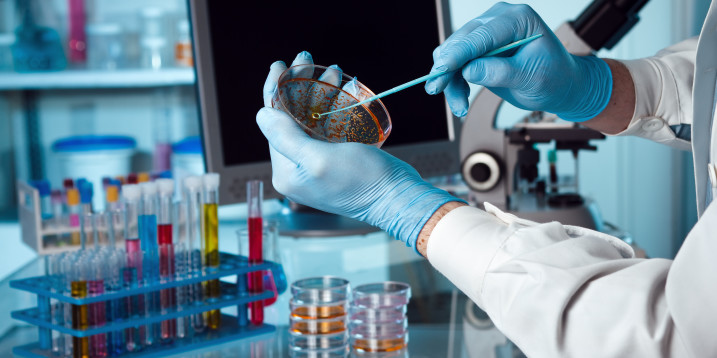By Danish Alla, for the Lambda
Millions of Canadians currently live with hypertension, a disease that is characterized by an individual’s abnormally high blood pressure.
This disease also affects many people living within Northern Ontario: this is precisely why Rebecca Mailloux, a first-year MSc student at Laurentian University, decided to conduct her research on hypertension.
Specifically, Mailloux is studying the effects of hypoxia (reduced oxygen) on different transcription activators.
The gene phenyl ethanolamine N-methyl transferase or PNMT converts epinephrine (adrenaline) into norepinephrine (noradrenaline), which means it is involved in catecholamine synthesis and this relates to hypertension.
People with hypertension have increased levels of these catecholamine’s, and according to Mailloux, it was found that hypoxia increases the amount of reactive oxygen species in the body. It also activates transcription factors that bind to the promoter of the gene PNMT causing its activation.
It has also been observed that, with increased exposure to hypoxia, there are increased levels of PNMT gene activation causing increased levels of catecholamines.
Transcription factors that are known to activate PNMT are also up regulated. In other words, Mailloux said there is a direct link between hypoxia and hypertension.
Her research can be useful to people who experience obstructive sleep apnea, in which the individuals have lower amounts of oxygen during the night. Individuals who experience this also usually have hypertension as well.
Mailloux said that, while her research is rewarding, she has encountered some obstacles in this experiment.
She had to learn how to grow and culture cells to use, which is not an easy task to begin with, since you want the cells to be in their optimal condition for growing – not to mention different types of cells prefer to live in different environments.
There is also a certain cell confluency (estimate of the number of cells in a culture dish) required for the cells to be usable.
To overcome these challenges, Mailloux utilized extraction of RNA and protein from the cells, quantifying RNA using a spectrophotometer, DNAse and CDNA synthesis, PCR gel electrophoresis, Bradford assays to quantify protein, and SDS page western blot. Chemiluminescence was used to image the westerns.
Although Mailloux has had to learn new protocols for working in the new lab, she noted that her supervisor, Dr. T.C. Tai, and everyone else in the lab were “very helpful.”
Mailloux has a keen “interest in the medical field”: in the future, she hopes to attend medical school, specifically at the Northern Ontario School of Medicine (NOSM).
-Stock photo
editor@thelambda.ca
